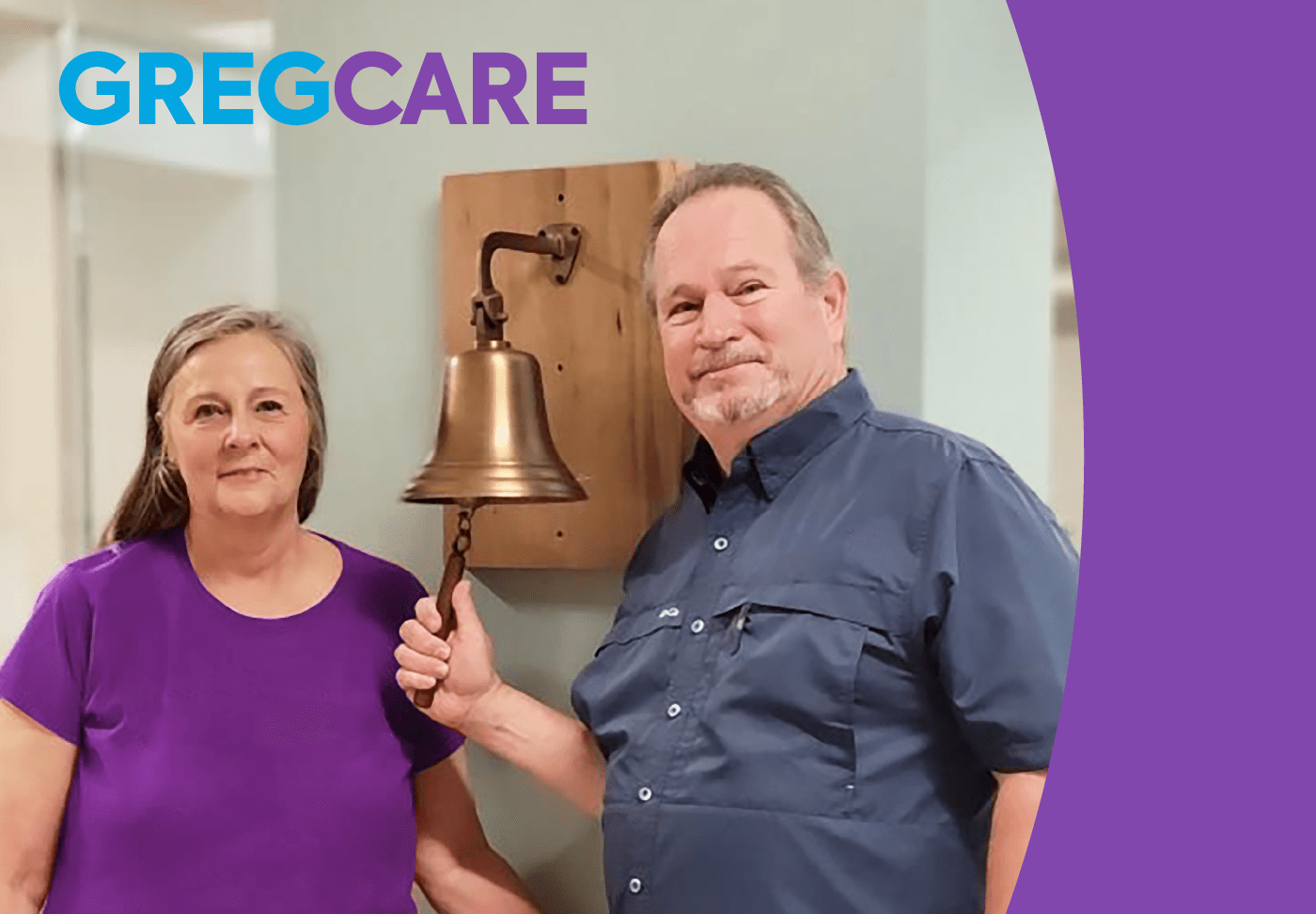When people plan outside activities or a trip to the tanning salon, skin cancer may be the last thing on their minds. However, prolonged or intense exposure to ultraviolet (UV) rays — either from the sun or tanning beds — is harmful to your skin.
Skin cancer can be sneaky when it starts. The disease often begins as just a mole and, if left untreated, can develop into a bigger skin problem. Melanoma, a dangerous type of skin cancer, is a growing concern for many health experts.
“Of all skin cancers, melanoma is the most serious and it is becoming increasingly more common worldwide,” said Dr. Dean Kirkel, oncologist with Northwest Georgia Oncology Centers. “The disease can spread to the lymph nodes and other parts of the body, and even be potentially fatal.”
Since hiding away from the sun isn’t an option, you can make better choices for your skin health, such as wearing sunscreen, skipping the tanning bed and avoiding sunburns.
In addition to protecting your skin, you can take charge of your health with simple steps to catch skin cancer earlier.
Spotting Skin Cancer Early
Published on May 21, 2021
Last updated 12:11 PM May 21, 2021

Studies show that patients who are evaluated by a skin professional tend to have cancers that are detected at an earlier stage of development.
- Dr. Dean Kirkel
Oncologist
Watch for signs of skin cancer
Unlike other forms of cancers, skin cancer can be seen by the naked eye. All you need is a mirror to start a self-exam and check for the major warning signs.
“Self-exams are important to identify dark skin lesions that appear different from freckles or other spots,” Dr. Kirkel said. “The ABCDE criteria can help identify potentially cancerous skin lesions.”
Follow the ABCDE method below to spot skin changes, such as moles that may look different or even spots you never noticed before.
- Asymmetry – Both halves of a mole should be similar.
- Border – Moles should have regular borders. Irregular borders are common in melanomas.
- Color – An existing mole that changes color should be checked out.
- Diameter – Look for any new growth in a mole larger than an inch.
- Evolving – Watch for changes in a mole over time. A mole that itches or one that hardens should be brought to the attention of your Wellstar physician.
Comprehensive care for skin cancer
While self-exams may be a critical step in looking out for skin cancer, you can’t stop there. It’s important to bring noticeable skin changes to your doctor’s attention right away.
“Studies show that patients who are evaluated by a skin professional tend to have cancers that are detected at an earlier stage of development,” Dr. Kirkel advised.
When caught early, skin cancer is often treated effectively or even eliminated entirely. That’s how many patients like Frank Ryan recover from melanoma and return to their lives.
At Wellstar, we diagnose skin cancer with state-of-the-art technology, such as ultrasound and MRI imaging. Our specialized team will create a personalized care plan for you, whether that includes surgery, radiation therapy or other treatments.
Book an appointment with your Wellstar primary care physician to identify and discuss changes in your skin. Your provider can refer you to a specialist for further examination and treatment, so you can get the expert care you need.




